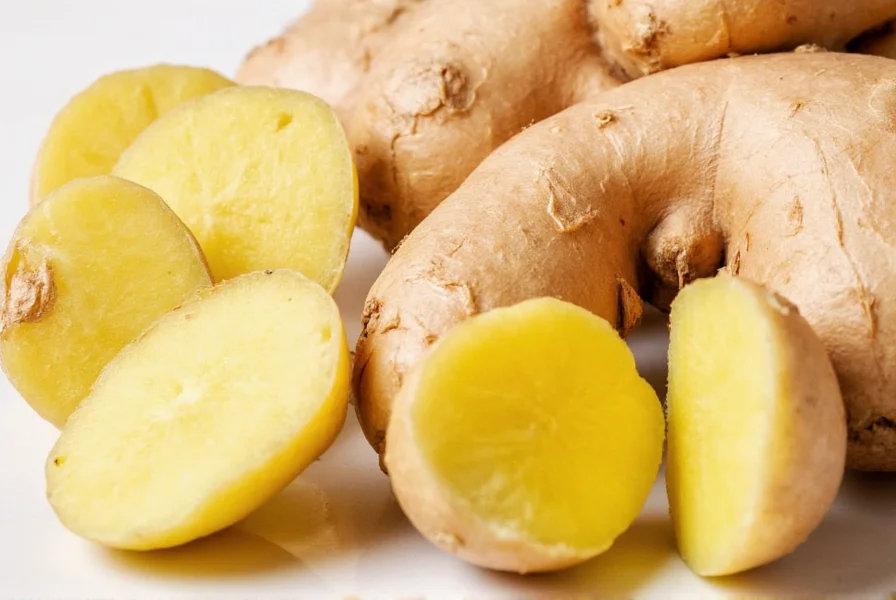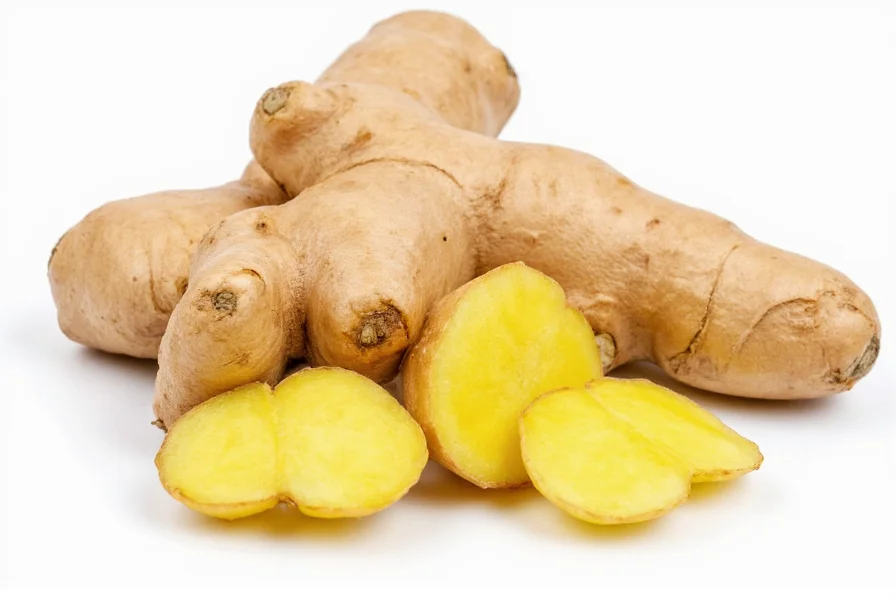Understanding Ginger Root and Its Common Uses
Ginger root (Zingiber officinale) has been used for centuries in traditional medicine and culinary applications worldwide. This knotted rhizome contains bioactive compounds like gingerols and shogaols that provide its distinctive flavor and potential health benefits. Many people consume ginger to address nausea, digestive issues, inflammation, and even morning sickness during pregnancy. While generally considered safe, understanding the potential side effects of ginger root consumption is essential for safe usage.

Common Mild Side Effects of Ginger Root
Most ginger root side effects are mild and occur primarily with higher consumption levels. The most frequently reported issues include:
| Side Effect | Frequency | Typical Trigger Amount |
|---|---|---|
| Heartburn or acid reflux | Common | 2+ grams in sensitive individuals |
| Mild stomach discomfort | Common | 3+ grams daily |
| Mouth or throat irritation | Occasional | Raw ginger consumption |
| Diarrhea | Less common | 4+ grams daily |
These common side effects of ginger root consumption typically resolve when reducing intake or discontinuing use. Many people experience no adverse effects when using ginger in culinary amounts (up to 1 gram daily).
Serious Side Effects and Health Concerns
While rare, certain serious side effects of ginger root require medical attention. The most significant concerns involve:
Blood Thinning Effects
Ginger may increase bleeding risk, particularly when combined with anticoagulant medications like warfarin. Research indicates ginger root interactions with blood thinners can enhance their effects, potentially leading to excessive bleeding. Individuals scheduled for surgery should discontinue ginger supplements at least one week beforehand.
Blood Sugar Interactions
Ginger may lower blood glucose levels, which can be problematic for people with diabetes taking medication. Those monitoring ginger root side effects during diabetes management should check blood sugar more frequently when starting ginger supplementation.
Gallstone Considerations
Ginger stimulates bile production, which may cause discomfort for individuals with gallstones. People with this condition should consult their healthcare provider before using therapeutic doses of ginger root.

Special Populations: Who Should Exercise Caution
Certain groups should be particularly mindful of ginger root side effects:
Pregnant Women
While ginger is commonly used for pregnancy nausea, the American College of Obstetricians and Gynecologists recommends limiting intake to no more than 1 gram daily. Excessive consumption late in pregnancy may theoretically increase bleeding risk during delivery. Always discuss ginger root side effects during pregnancy with your obstetrician.
Individuals with Bleeding Disorders
People with hemophilia or other clotting disorders should avoid high-dose ginger supplements due to potential ginger root interactions with blood coagulation.
Pre-Surgical Patients
Medical professionals typically advise stopping ginger supplements at least 7-10 days before scheduled procedures to minimize bleeding complications.
Safe Consumption Guidelines
Understanding appropriate dosage is crucial for minimizing ginger root side effects:
- Culinary use: Up to 1 gram daily (about 1/2 teaspoon of powdered ginger or 1-inch fresh slice) is generally safe for most adults
- Medicinal use: Up to 4 grams daily appears safe for most adults, but should be divided into multiple doses
- Pregnancy: Maximum 1 gram daily for nausea relief
- Children: Consult pediatrician; typically not recommended under age 2
When determining safe ginger root dosage for specific health conditions, always consult with a healthcare provider who knows your medical history. The difference between mild vs serious ginger root side effects often relates to dosage and individual health factors.
When to Seek Medical Attention
While most ginger-related issues are mild, contact a healthcare provider if you experience:
- Excessive bleeding or bruising
- Severe heartburn unrelieved by antacids
- Significant drops in blood sugar
- Allergic reactions (rash, swelling, difficulty breathing)
- Persistent digestive issues lasting more than 48 hours after stopping ginger
Documenting your ginger consumption pattern can help healthcare providers determine if symptoms relate to ginger root side effects or another underlying condition.
Conclusion: Balancing Benefits and Risks
Ginger root offers numerous potential health benefits when used appropriately, but awareness of possible side effects ensures safe consumption. Most adverse reactions occur only with excessive intake or in sensitive populations. By understanding your personal risk factors and adhering to recommended limits for ginger root consumption, you can safely enjoy this versatile botanical. Always consult your healthcare provider before using ginger therapeutically, especially if you have existing health conditions or take prescription medications.
Frequently Asked Questions
Can ginger root cause allergic reactions?
Yes, though rare, some people experience allergic reactions to ginger root. Symptoms may include skin rash, itching, swelling, or difficulty breathing. If you experience these symptoms after consuming ginger, discontinue use immediately and seek medical attention. Those with allergies to related plants in the Zingiberaceae family may be at higher risk for ginger root side effects.
How much ginger is too much in a day?
For most adults, consuming more than 4 grams of ginger root daily may increase the risk of side effects. This equals about 2 teaspoons of powdered ginger or a 4-inch piece of fresh root. Pregnant women should limit intake to 1 gram daily. Exceeding these amounts significantly raises the likelihood of experiencing ginger root side effects like heartburn, diarrhea, or interactions with medications.
Does ginger interact with blood pressure medications?
Yes, ginger may enhance the effects of certain blood pressure medications, potentially causing blood pressure to drop too low. If you take medication for hypertension, monitor your blood pressure closely when starting ginger supplementation. Discuss ginger root interactions with blood pressure medications with your healthcare provider to determine if dosage adjustments are needed.
Can I take ginger root if I have diabetes?
People with diabetes can typically consume ginger in culinary amounts, but should exercise caution with therapeutic doses. Ginger may lower blood sugar levels, which could enhance the effects of diabetes medications and lead to hypoglycemia. If using ginger for medicinal purposes, monitor blood glucose more frequently and discuss ginger root side effects during diabetes management with your healthcare provider.
How long do ginger side effects typically last?
Most mild ginger root side effects resolve within 24-48 hours after discontinuing use. Gastrointestinal symptoms like heartburn or diarrhea typically improve quickly. For medication interactions, effects may last longer depending on the half-life of the medication involved. If symptoms persist beyond 48 hours or worsen, consult a healthcare professional to determine if your symptoms relate to ginger consumption or another underlying condition.











 浙公网安备
33010002000092号
浙公网安备
33010002000092号 浙B2-20120091-4
浙B2-20120091-4